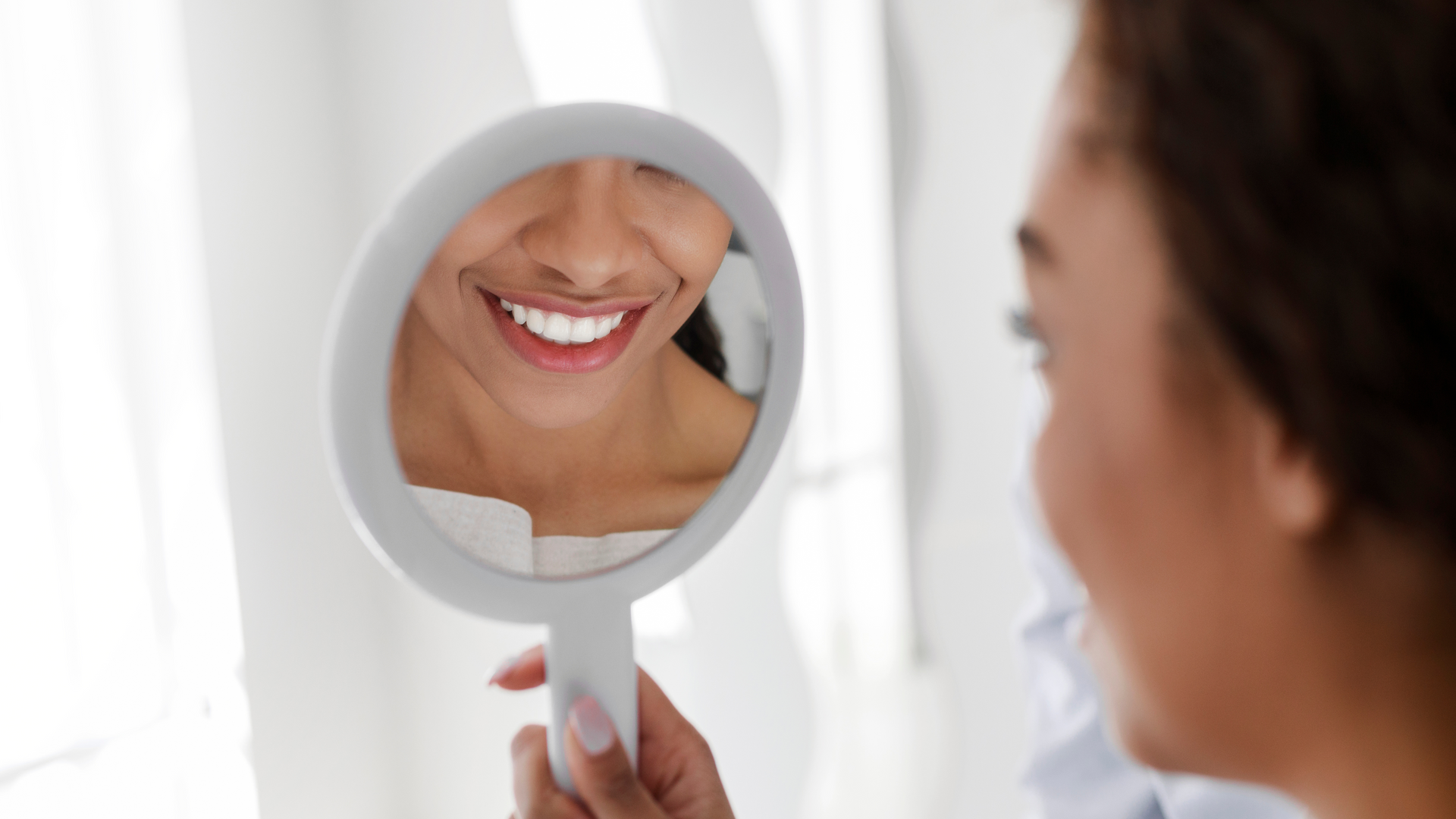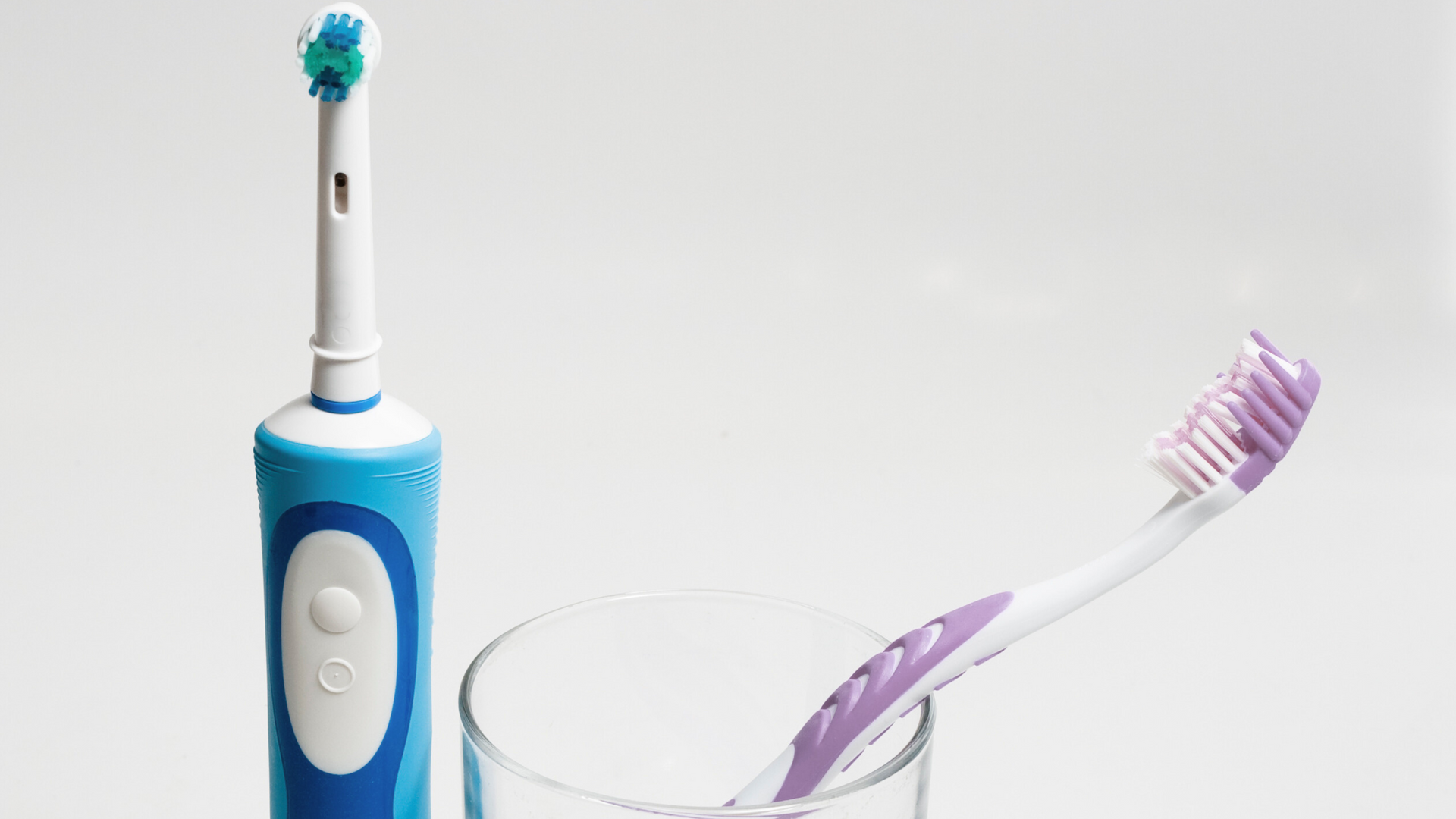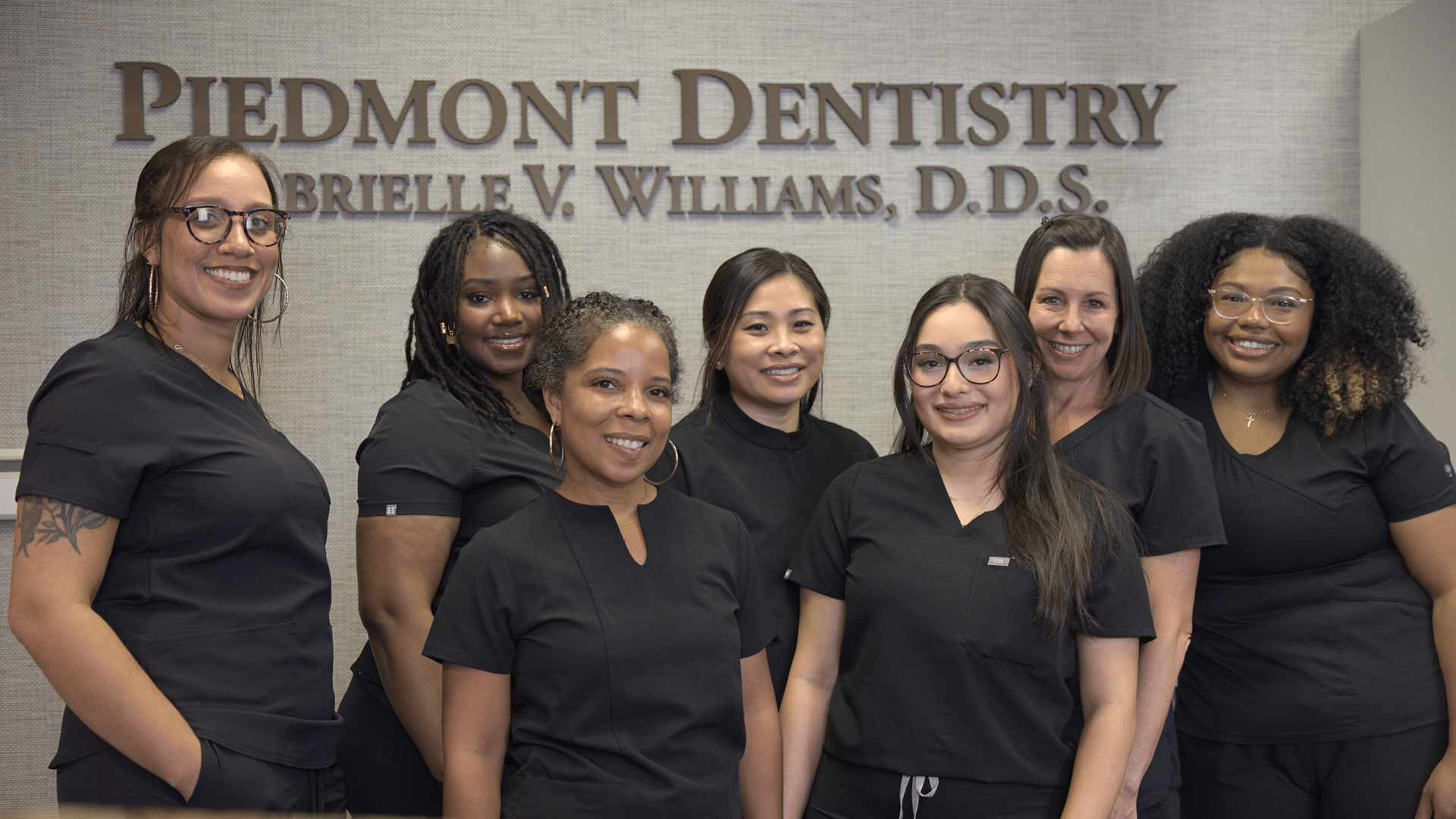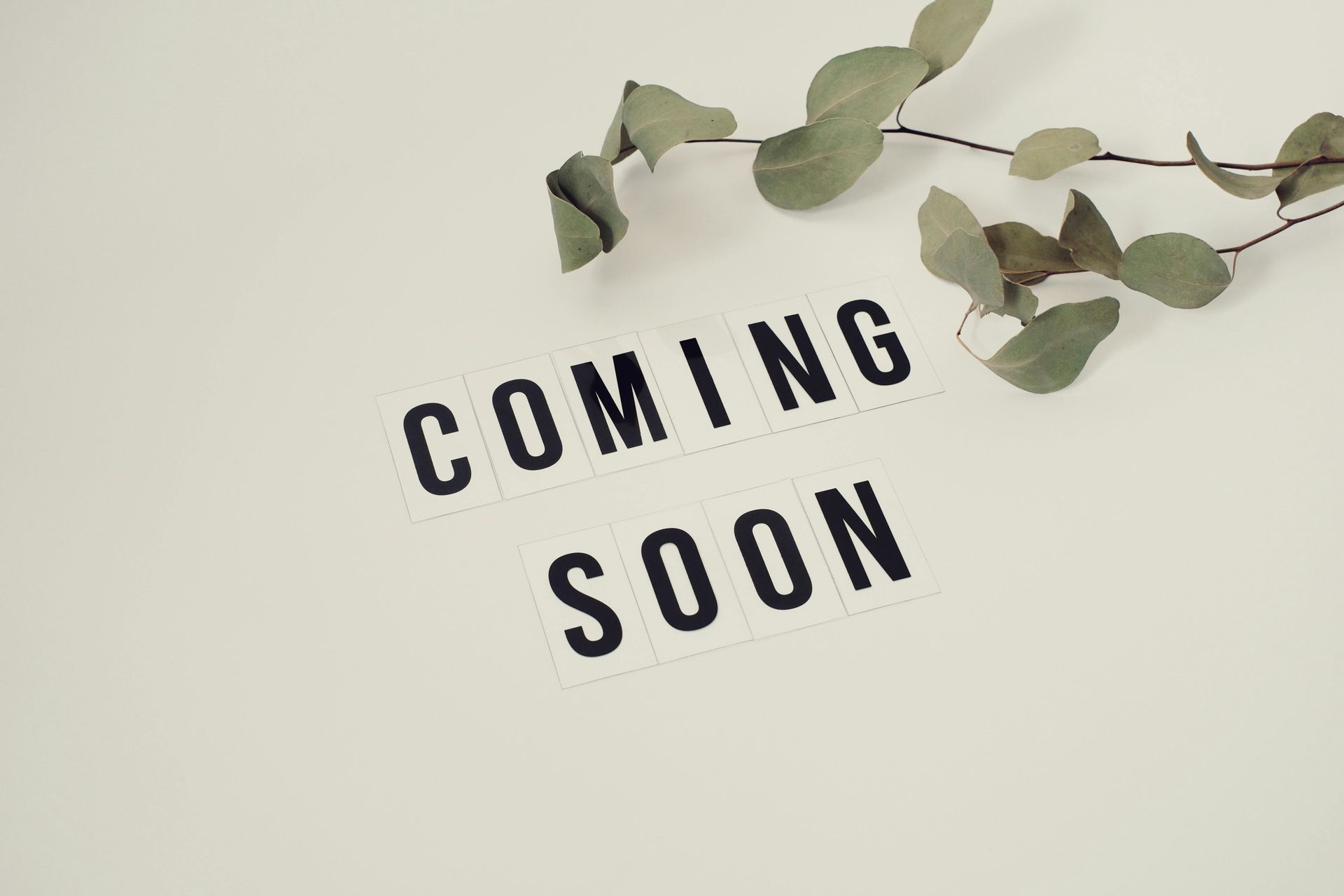The Truth About Flossing: Why Adults Can’t Afford to Skip It
The Truth About Flossing: Why Adults Can’t Afford to Skip It

Think flossing is optional? Think again. While brushing may steal the spotlight in most oral hygiene routines, it’s flossing that does the heavy lifting between the teeth—literally. If you’ve been skipping this critical step, it’s time to rethink your habits. Especially for adults with braces, bridges, or dental implants, daily flossing is more than a suggestion—it’s a necessity for long-term oral and overall health.
The Hidden Risks of Skipping Flossing
Brushing alone only cleans about 60% of your tooth surfaces. The remaining 40%—those tight spaces between your teeth—are a breeding ground for plaque, bacteria, and trapped food particles.
Neglecting to floss can lead to:
- Gum disease (gingivitis or periodontitis) – inflammation and infection of the gums that can lead to tooth loss
- Persistent bad breath (halitosis) – caused by decaying food particles and bacteria
- Cavities between the teeth – areas a toothbrush can’t effectively reach
- Higher risk of serious health issues – such as heart disease, diabetes complications, and respiratory illness linked to untreated gum infections
How to Floss with Braces, Bridges, or Implants
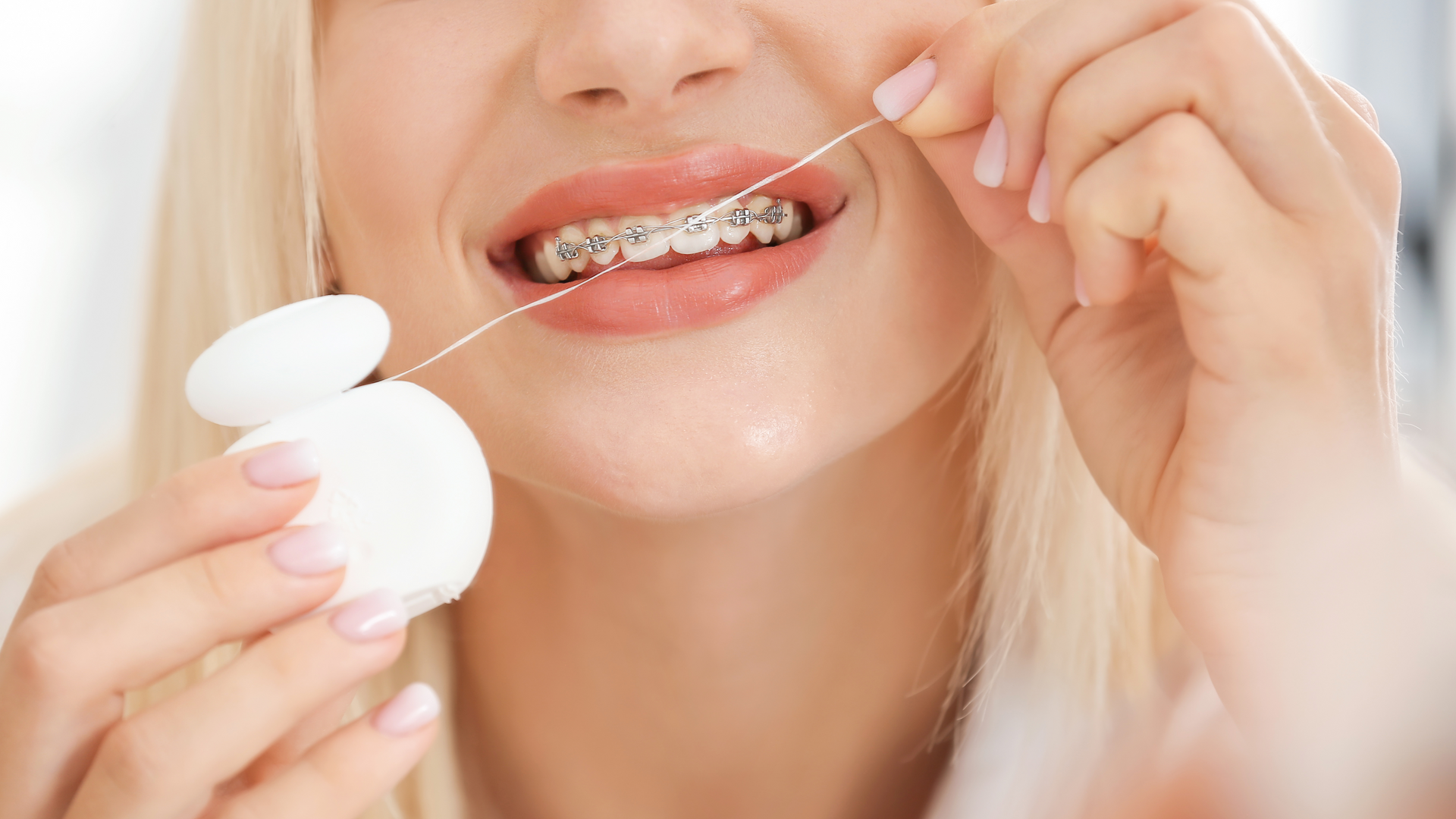
If you think flossing is too hard with dental work, you’re not alone—but you’re also not off the hook.
- Braces: Use a floss threader or orthodontic flosser to get under the wires. Water flossers are also helpful for flushing out debris and bacteria.
- Bridges: Try super floss (which has a stiff end) or interdental brushes to clean under the artificial tooth.
- Implants: Gentle flossing around the implant and using soft picks or water flossers can prevent peri-implantitis, a gum infection that affects implant stability.
Flossing Alternatives That Work
If traditional floss isn’t your thing, there are other effective options to keep your gum health in check:
- Water flossers (oral irrigators): Great for cleaning around braces, implants, and bridges; especially helpful for those with dexterity challenges
- Interdental brushes: Small brushes that clean between teeth and are perfect for wider gaps or dental work
- Floss picks: Convenient for on-the-go flossing, though they may not be as effective for reaching all angles
Building Flossing Into Your Daily Routine
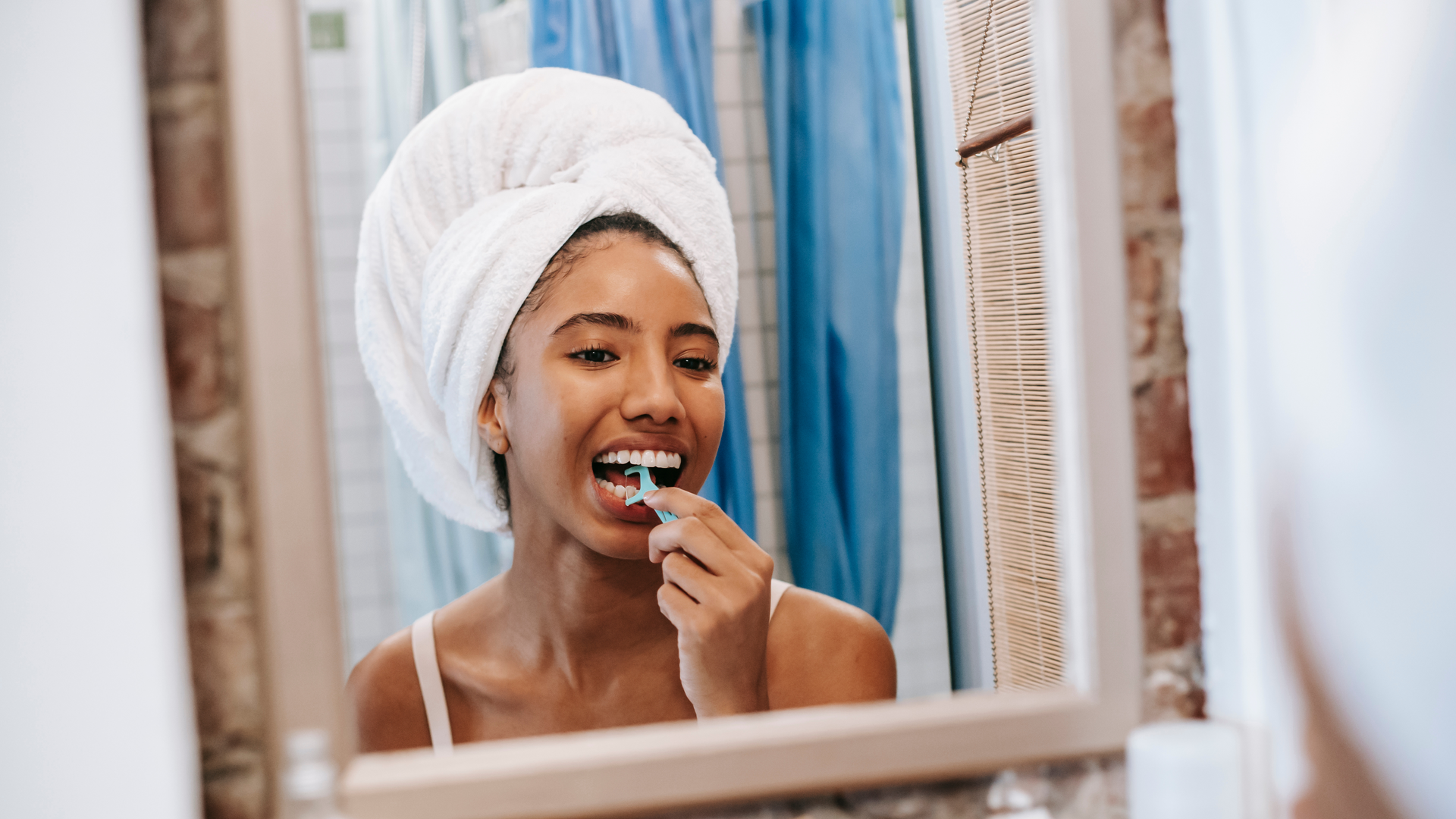
Flossing doesn’t have to be a chore. Here’s how to make it stick:
- Keep floss or picks in visible places like your nightstand, desk drawer, or TV remote basket
- Pair flossing with another daily habit like washing your face or setting out clothes for the next day
- Set a reminder or use an app until it becomes second nature
- Choose tools that work best for you—whether that’s a water flosser or soft picks
Flossing for More Than Just Your Mouth
Emerging research continues to highlight the mouth-body connection. Chronic inflammation from gum disease can increase your risk for systemic conditions like:
- Heart disease
- Stroke
- Type 2 diabetes
- Respiratory infections
- Pregnancy complications
Protecting your gums protects your whole body—flossing is one of the easiest steps you can take toward better overall health.
The Bottom Line
Adult flossing isn’t optional—it’s essential. Whether you’re working with braces, bridges, or implants, or just looking to level up your oral hygiene, there’s a flossing method that fits your lifestyle. Don’t wait to prioritize your dental health, schedule a professional cleaning with Piedmont Dentistry and enjoy a season of fresh starts and bright smiles. Your future self will thank you!
So next time you think about skipping the floss—don’t. Your gums, teeth, and long-term health depend on it.




